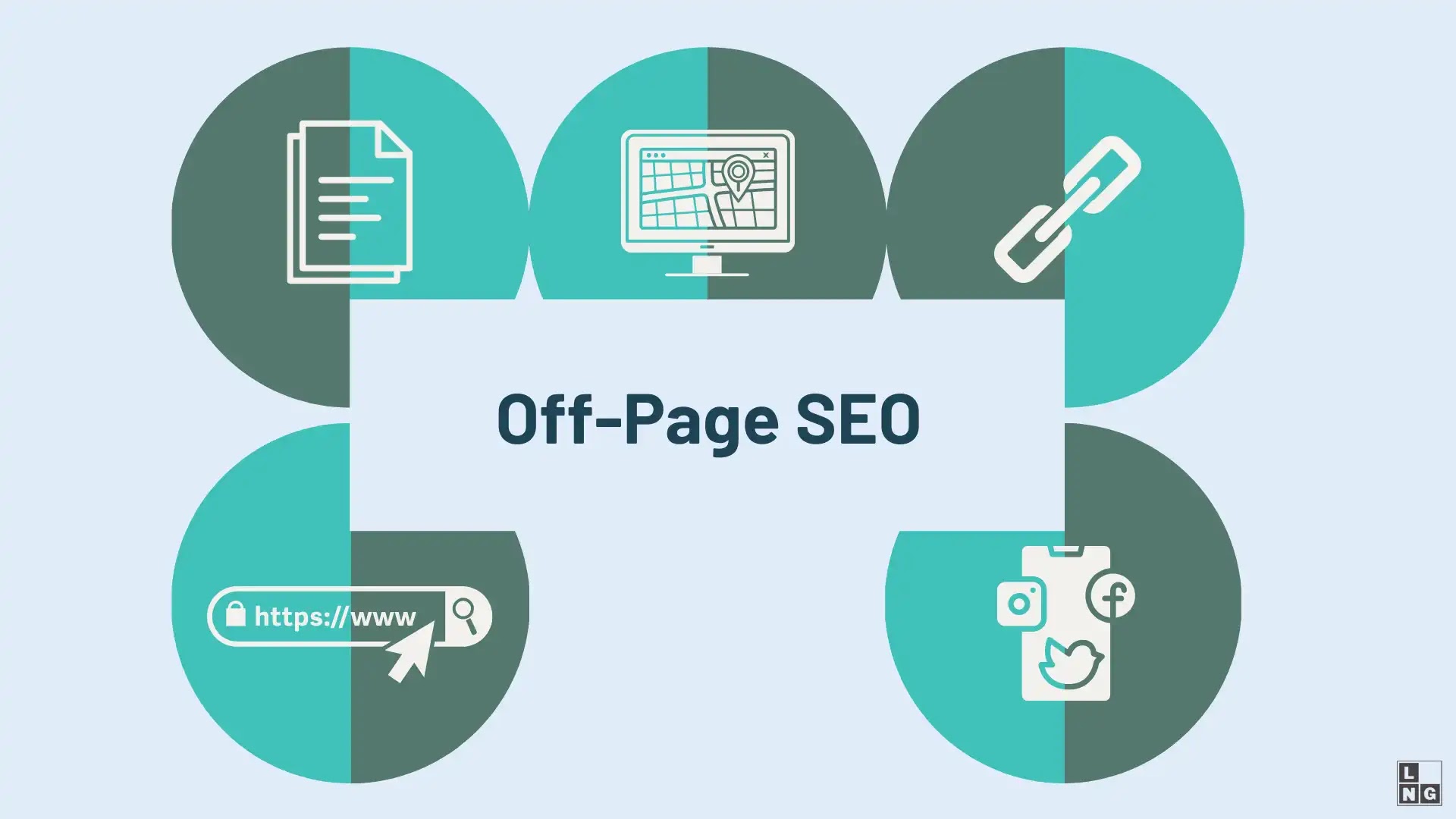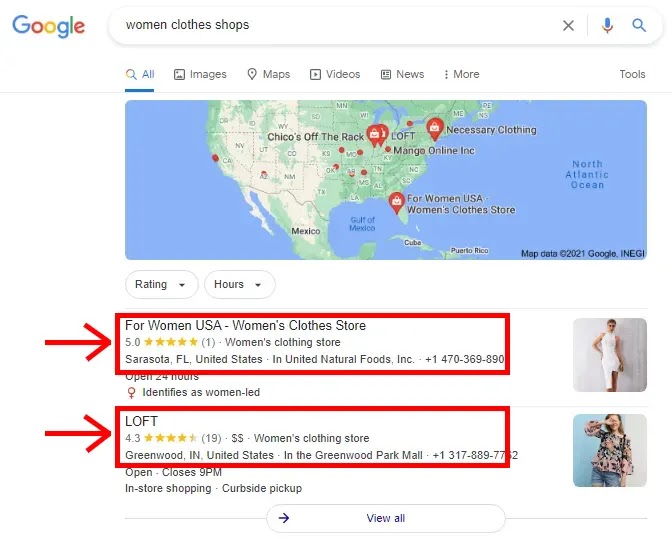 |
| Credit: Pexels |
Search Engine Optimization (SEO) has been here since the early days of the internet and organization has been exploiting it to target new audiences, drive growth, channel traffic to their website, and spread knowledge. However, as Google constantly makes modifications and updates to its search engine algorithm, the old ways of stuffing several keywords and backlinks have lost their glory. SEO has become a technical and sophisticated practice, highly determined by web user behavior. Successful online businesses and blogs focus on workable SEO strategies to inform off-page and on-page SEO for better ranking.
Related Article: What Is SEO and How Does it Work?
What is an On-Page SEO?
On-site SEO help optimize web pages using specific keywords for better visibility and traffic. Some of the tactics used by on-page SEO include:
- Use of keywords on the page title and copy.
- Adjusting the meta description for visibility in SERPs.
- Employing HTML codes and alt tags.
The website uses these measures to enhance its rankings and increase its interpretation by search engine bots while giving users a summary of what they are searching for through search engine results pages. On-page SEO also takes into account page performance, content quality, and structure.
On-Page SEO Factors
 |
| On-Page SEO |
1. Content:
SEO optimization is based on the theory of "content is king." With the right content, you optimize your website around keywords, internal linking, and descriptions; however, poor content cannot generate traffic.
2. Keywords:
Though keyword has lost their former glory, using keyword optimization is still valuable in today’s SEO. The current strategy is the use of long-tail keywords formulated to fit the search patterns of present-day web surfers. While generating content for your site, think of the keywords your audience may be searching for, and then optimize your web content using those keywords.
3. Title Tag:
This is the web page’s title or the main heading that displays in the SERP. It is the second most valuable on-page SEO after web content, often kept at 65 characters or less. You better choose your words carefully.
4. Meta Description:
When the title tag appears in the SERP, the short description of the features below it and its URL is the page's meta description. The meta description helps describe the page's content and makes your page stand out in the SERP’s results. It should be below 155 characters as this will guarantee the whole description is displayed in the search result.
5. Alt Text:
This refers to the phrase or word ascribed to a picture file, ensuring it gets indexed to help a search engine identify them since search engines only see text.
6. SSL/HTTPS:
Page security through Secure Socket Layer (SSL) technology enhances data trustworthiness, visibility, and security. SSL reduces the chances of a third party coming between the visitor's web server and your webserver to protect information entered on your website. Interestingly, Google favors SSL-enabled sites, thus essential for boosting visibility.
7. URL Structure:
The URL structure can also help optimize your web page. Today's marketers use an organized URL structure since it enables search engines to easily move from page to page on your site, improving the visitor’s navigation. Easy-to-understand URLs containing keywords have a higher chance of earning clicks as search engines crawl your web page. The URL length should not belong and should include the primary keyword for the page without redundancy.
8. Internal Linking:
Internal linking is also an important aspect of on-page SEO optimization, linking your content to related pages within the site. This tool helps the search engine crawl through the different content on your website and engages visitors longer.
9. Page Performance:
Though most of the factors we have discussed address content structure and quality, page performance, and the performance of your website are also considered effective on-page ranking factors. A page that loads faster and is considered mobile-friendly ranks higher in SERPs since users show satisfaction through frequent visits and reduced bounce rates. The search engines check on these factors and use the information for page ranking. Therefore, it is important that your marketers examine the size of image files used on the page to enhance your site’s mobile responsiveness, reduce the amount of CSS, and reduce redirects.
10. Mobile Friendliness:
In this digital age, smartphones are a perfect tool for acquiring information. Mobile has altered how business is conducted, meaning mobile-friendly websites play a vital role in enhancing your online presence. It is important to ensure your website's visitors using mobile devices have an excellent experience. This is because non-mobile-friendly websites leave visitors frustrated as they are forced to zoom in to read.
11. Schema Markup:
Google uses Schema Markup to provide information to SERP snippets. Examples of Schema markups include business events, search results, FAQ pages, news articles, business functions, local businesses, and job postings.
12. Core Web Vitals:
In the spring of 2020, this SEO factor was launched by Google to help establish user experience and a website’s page performance. Core Web Vitals help you know how your website experience ranks and provide improvement opportunities. This is because each Core Web Vitals mirrors the visitor's real browsing experience. Core Web Vitals covers several aspects of user experience, including interactivity, loading, and visual stability.
Understanding Off-Page SEO
The On-page SEO factors are factors you can play with within your website, but the off-page SEO factors are factors contributing to page ranking that occurs off your website, including backlinks from different websites. It could also entail the promotional methods you are using in this age of social media.
Off-Page SEO Factors
 |
| Off-Page SEO |
1. Backlinks:
Backlinks are probably the greatest off-page SEO factor that contributes to the ranking of your website. However, the quality and number of these backlinks matter; otherwise, they will not be as productive. Google will grant your website more authority if you have several sites linking to help boost your ranking. This explains why some marketers use paid link-building, though this method is questionable. However, you could time some organic approaches that have been found to be effective, such as guesting on the podcast, guest blogging, event hosting, searching contacts in the industry to share your website, and press releases, and being part of a community industry.
2. Domain Authority:
This off-page SEO factor has a ranking scale of 1-100, and it is how search engines rank the strength of your website. Domain authority is like a grade, meaning websites with superior domain authority have a higher preference in SERPs, while those with lower domain authority rank near the bottom of the page. It depends on many factors, including your domain name's history, the length of your domain name, the number of 404 pages, and backlinks. You can improve your domain authority by following SEO best practices to enhance your ranking.
3. Social Promotion:
Though page ranking has no direct relationship with social media posts, these posts can result in many clicks, thus boosting traffic to your website and contributing to multiple link shares.
4. Guest Posting:
Guest posting is one of the most important off-page SEO factors as it helps you in many ways, from link building (building backlinks) to building a reputation for your site. In addition, it helps in reaching new visitors, gaining traffic, and boosting your website rankings. Simply guest post is writing content on other websites or blogs and putting your website link in this post. The way to make it is to choose the website that is in your niche and has a high domain authority and a low spam score, and once it is done right you will see good results in the near future.
5. Local SEO (GMB & Citations):

Getting online reviews on websites like Yelp, Google My Business, and others can boost your local SEO since they focus on where your business is. For example, check-up saloon services in your surrounding will bring up a local listing. The use of the name, address, and phone citations can help improve your visibility.
6. PPC (Twitter, Facebook, Google):
SEO is sometimes affected by a good pay-per-click (PPC) campaign. This tactic is suitable for sites getting off the ground that needs additional visitors to jump-start. After creating good content for your website, you could promote it with PPC to generate more traffic, thus improving other ranking factors like backlinks.
Related Article: PPC, PPP, PPS, PPL Affiliate Marketing
The Takeaway
On-page and off-page SEO are tools you can use to improve your website ranking on search engines. Every business is clamoring for the attention of digital customers, and SEO is the tool to put you on top. You can work on what is within your hands- quality content backed by quality on-page SEO- then earn off-page SEO, such as backlinks and domain authority.
Finally, I would like to know your experiences with this blog post in the comments section below. If you find this article useful for you, you can share it on social networking sites, and you can follow us to get the latest blog posts and be the first to know about them, and also you can suggest any new topics you want us to talk about.

Nice guide here.
ReplyDeleteRyan
Thank you Ryan.
Delete